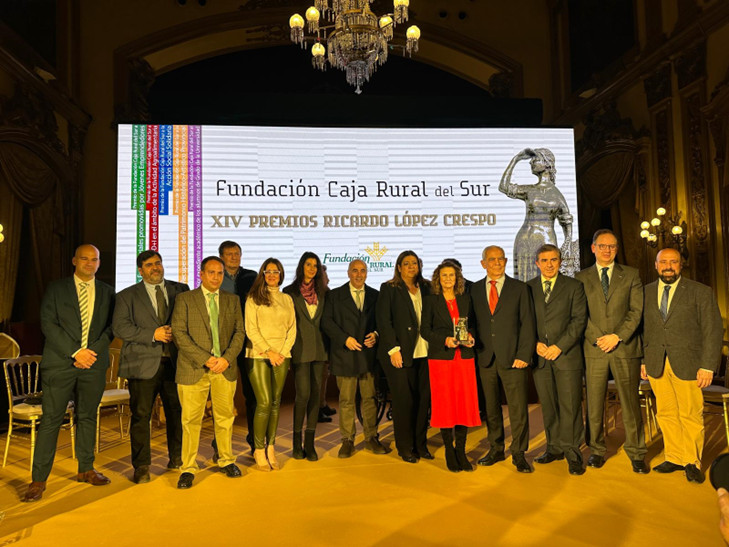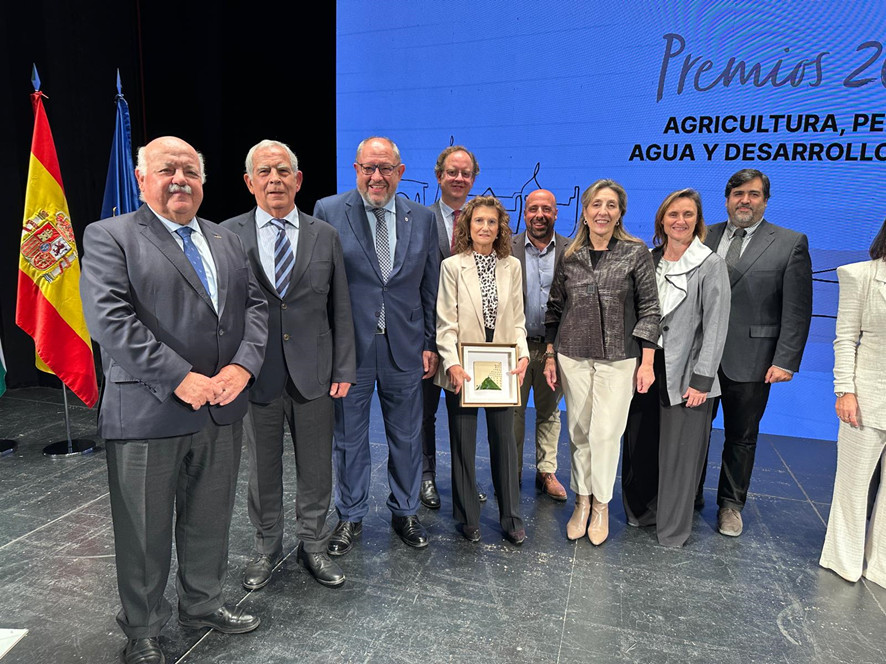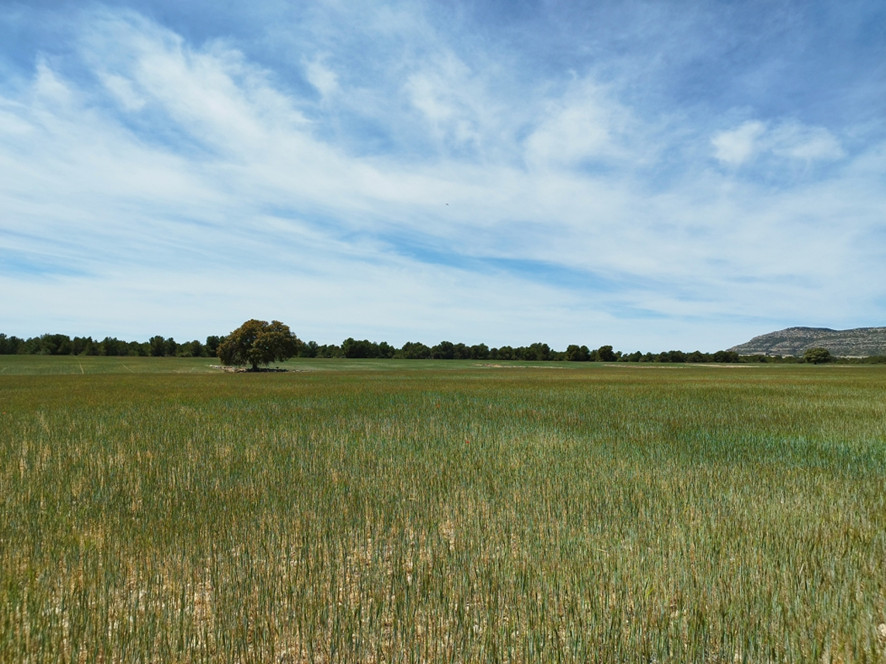Conservation Agriculture: The Great Ally of European Farmers to Secure the Future

Conservation Agriculture Gains Recognition: “Once You Start, You Don’t Quit”
2023-04-25
Conservation Agriculture: The Great Ally of European Farmers to Secure the Future
2023-07-25Conservation Agriculture: The Great Ally of European Farmers to Secure the Future
Experts from various fields emphasize the importance of expanding a new philosophy in the agricultural sector to preserve natural resources, biodiversity, and labor. Here are the key takeaways.
Preserving and improving soils while making more efficient use of natural resources—this is the primary characteristic of Conservation Agriculture (CA), an agricultural model aligned with environmental principles promoted by the Common Agricultural Policy (CAP) and the European Green Deal, signed by the European Commission in 2019.
In fact, according to a technical-scientific study conducted by the European Conservation Agriculture Federation (ECAF) and presented in Brussels this week, with sponsorship from Bayer Crop Science and technical support from PwC, this farming system is key to achieving a fair, healthy, and environmentally friendly food system.
Its foundation is based on avoiding soil disturbance through tillage, maintaining permanent vegetation cover, and practicing crop rotation or diversification. CA offers scientifically proven, sustainable solutions for ensuring the long-term viability of agriculture in Spain.
"One centimeter of soil takes a hundred years—or more—to form. When you plow, you oxidize organic matter, leading to a loss of soil fertility. If you continue with that agronomic management practice, you will eventually end up with sterile soil. CA reverses this process—besides preventing erosion, it fosters organic matter production, which promotes soil biodiversity," explains Miguel Barnuevo, board member of AEAC and president of the Albacete Association for Conservation Agriculture.
Findings from the Study
The study, conducted in Denmark, France, Germany, Italy, Poland, and Spain, highlights some key insights:
• Compared to conventional tillage-based agriculture, CA prevents the loss of nearly 34 tons of soil per hectare per year.
• 38% of EU farmers would abandon CA if glyphosate were banned, as it plays a crucial role in weed management.
"There is a direct link between soil loss and heavy rainfall events," says Rafael Calleja, agronomist and manager of Hermanos Calleja. "With CA, we maintain root cover, which helps prevent erosion from torrential rains. This reduces runoff and increases water absorption. However, in plowed fields, if 100 liters of rain fall, 70 liters wash away—along with clay, silt, and organic matter—leading to a loss of soil fertility and food production potential."
Cost Reduction for Farmers
Improved soil health also means increased carbon sequestration. According to the study, CA can save between 1.4 and 5 tons of CO₂ per year, providing multiple benefits for soil, water, biodiversity, and air quality, as well as for farmers.
Without glyphosate, the economic loss in agricultural production would be €2.68 billion, and costs would increase by 45% when using alternative chemical methods
"From an economic perspective, the most striking advantage is cost reduction," says Julio Román, project manager at the European Federation of Conservation Agriculture.
"By eliminating tillage, we eliminate the use of fossil fuels, which can save around €45-50 per hectare. Additionally, soil loss reduction—sometimes up to 95%—translates into financial savings. Beyond increased farm profitability, farmers also spend less time on agricultural work, freeing up time for other activities. And if farming remains profitable, we also gain tools to combat rural depopulation," Román explains.
With over 2 million hectares in Spain already cultivated under CA, the system is proving its immense potential for the country. The increasing societal demand for higher-quality food, environmental sustainability, and farm profitability presents a major opportunity for the agricultural sector.
"We adopted CA because we saw our soil disappearing, though we didn’t fully grasp the magnitude of the problem at the time. Losing soil means losing food production capacity, which is a severe crisis. Agriculture, as a central link in the agri-food system, contributes to wealth and employment—not only directly but also indirectly through its connections with the food industry, distribution, and marketing sectors," explains Barnuevo.
Challenges for the Future
To implement CA successfully, two key factors are essential:
1. Plant protection products, particularly glyphosate, which is crucial for effective weed control.
2. Direct-seeding machinery, which avoids soil disturbance and allows plant residues to remain in the field.
"The challenge," says Ignacio Ruiz Abad, secretary of ANSEMAT and agronomist, "is that many farmers hesitate to invest in agronomic practices that will yield long-term benefits. Adapting to a new system requires both financial investment and training. This is why CA should be seen as not just an opportunity, but also a strong recommendation from those who have successfully implemented it."
"We need to support direct-seeding machinery—not just financially, but also through training. Farmers need to understand how and why it works. Keeping soil life intact is what will ensure our future," adds Julio Román.
Spain is the European leader in Conservation Agriculture, but according to Román, CA’s potential could cover up to 92% of Spain’s agricultural land. This presents a challenge requiring cooperation across the agricultural sector to create a unified strategy that aligns key stakeholders toward a common goal.
"It’s interesting—Spain has extensive research on desertification and erosion, but very little literature on solutions to these problems. CA is one of the best solutions available, which is why Europe is now beginning to invest in it," says Barnuevo.
CA represents a lifeline for a strategic sector aiming for a greener future.
"Our current reality demands an agricultural system that is sustainable, both socially and economically. CA provides scientifically proven, real-world solutions," concludes Román.
This farming method promotes a zero-emission, low-carbon economy, aligning with European commitments for the coming years.
"This is a shift in mindset—it’s not about age or experience. Anyone can transition to a more sustainable way of farming," Barnuevo concludes.
This post is also available in: Español (Spanish)




